India is one of the top-most countries that have sent several successful satellites mission vehicles from earth to the mars, moon, and more. From performance to landing, every step of satellite launch has been a crucial aspect for Indians, and with successful recovery and mission, whole India celebrates its vision. If you wish to know about the top 10 satellite vehicles launched from India, then the following write-up is for you:
1. ARYABHATA:

Aryabhata was India’s first satellite from Kapustin Yar on 19 April 1975, after the legendary astronomer Aryabhata. The satellite was built by the Indian Space Research Organization to experiment with X-ray astronomy, solar physics, and aeronomics. It was a 26-sided polygon version with 1.4 meters in diameter. The cast of the project was more than 3-crores. Aryabhata re-entered to the atmosphere of the earth after 17 years in 1992.
2. CHANDRAYAAN-2:

The Chandrayaan-2 was effective to get in-depth details of the topography, seismography, origin, and evolution of the moon, surface chemical composition, thermo-physical on topsoil, and lunar atmosphere. On August 20, 2019, Chandrayaan 2 landed on the lunar orbit. On September 2, the Vikram Lander got separated from the orbiter. Communication on-ground was also lost.
3. BHASKARA:
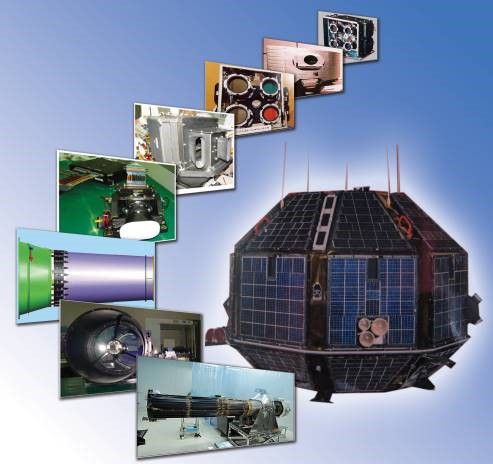
Bhaskara 1 and 2 were built by the Indian Space Research Organization to collect data on telemetry, oceanography, and hydrology. It was an orbiting Earth observatory with two invisible television cameras operated.
4. CARTOSAT:
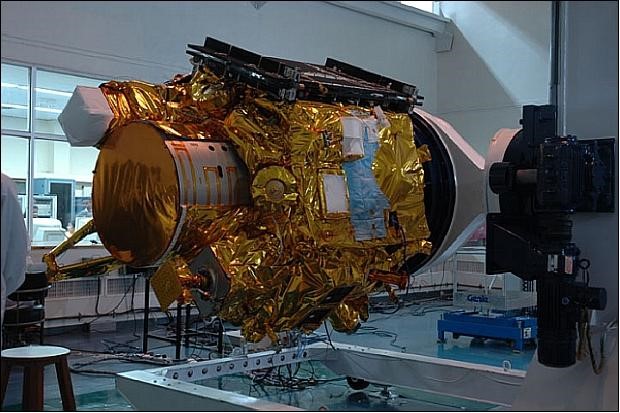
The 680 kg Cartosat satellite took it to launch to manage and monitor the Earth’s resources. It was launched on 10 January 2007. The name Cartosat is the combination of Cartography and satellite.
5. GSAT 31:
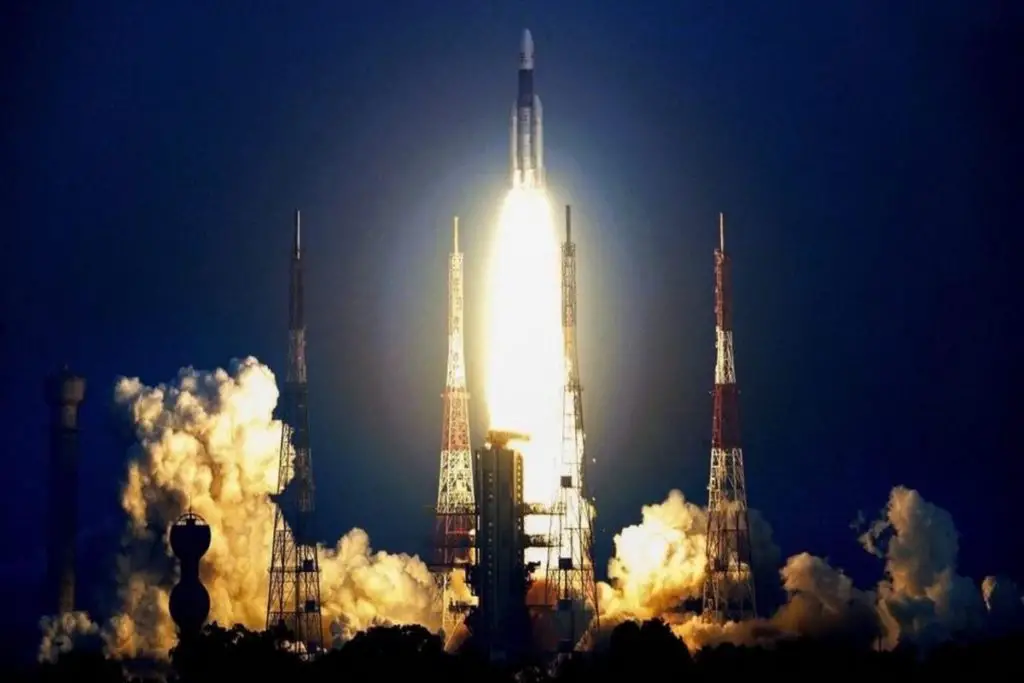
The launching date of GSAT-31 was 06, February 2019 to monitor India’s telecommunication. The 2536 kg GSAT-31 operated services on some of the in-orbit satellites. The satellite monitors Indian mainlands and Islands.
6. RISAT-2BR1:

RISAT-2BR1 is an earth-observing satellite to provide services in the fields of agriculture, forestry, and disaster management. RISAT took launch on December 11, 2019. The launching vehicle was PSLV-C48.
7. SPACE CAPSULE RECOVERY EXPERIMENT:

The Indian Experimental spacecraft Space Capsule Recovery was launched in 2007 from Sriharikota for the experiment of future human missions. Since its launch, Space Capsule rounded the earth in a circular polar orbit at an altitude of 637 km. The main parachute was deployed at 2 km altitude, and finally, the satellite splashed in the Bay of Bengal. The floatation system was then triggered to recover the capsule.
8. ANUSAT:
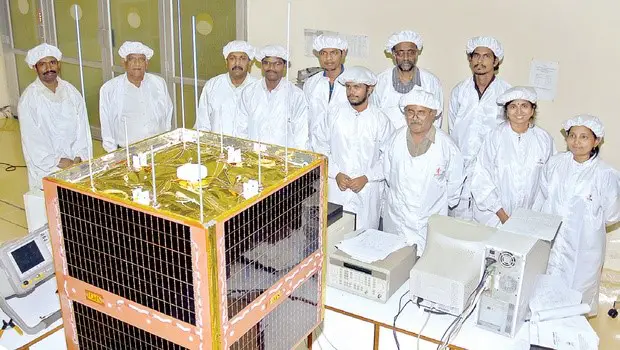
Anusat was entirely designed and successfully integrated from the Aerospace Engineering, Madras Institute of Technology (MIT) from Anna University. It was launched on 20 April 2009. The satellite carries amateur radio and technology demonstration experiments. The death of the satellite was on 18 April 2012.
9. OCEANSAT-2:
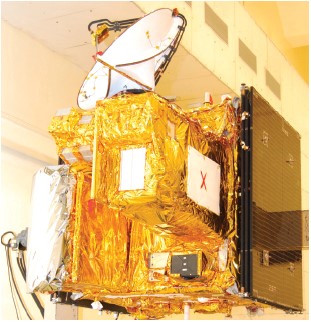
Oceansat-2 has the vision of servicing the Continuity Operation of the Ocean Color Monitor (OCM) instrument on Oceansat-1. The launching date was September 2009 at the orbit height of 720 km. The main objective was to study surface winds, ocean surface, chlorophyll concentrations, and monitoring of phytoplankton blooms.
10. EMISAT:
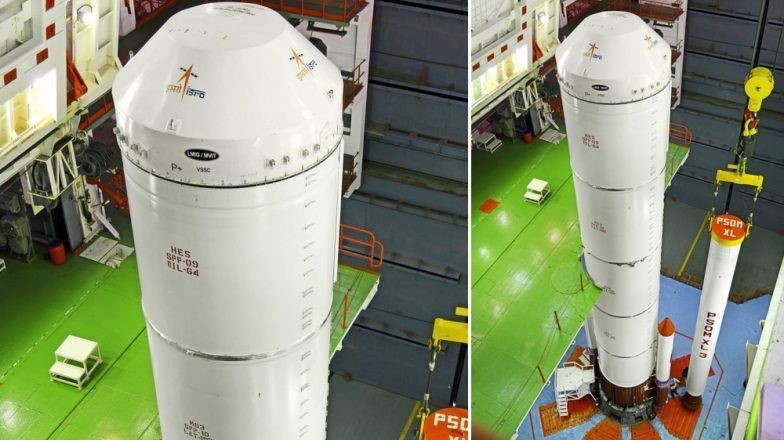
Emisat is an ISRO’s mini-satellite weighing 436 kg in April 2019. The satellite was successfully landed on the sun-synchronous polar orbit of 748 km by PSLV-C45 to measure the electromagnetic spectrum.


















